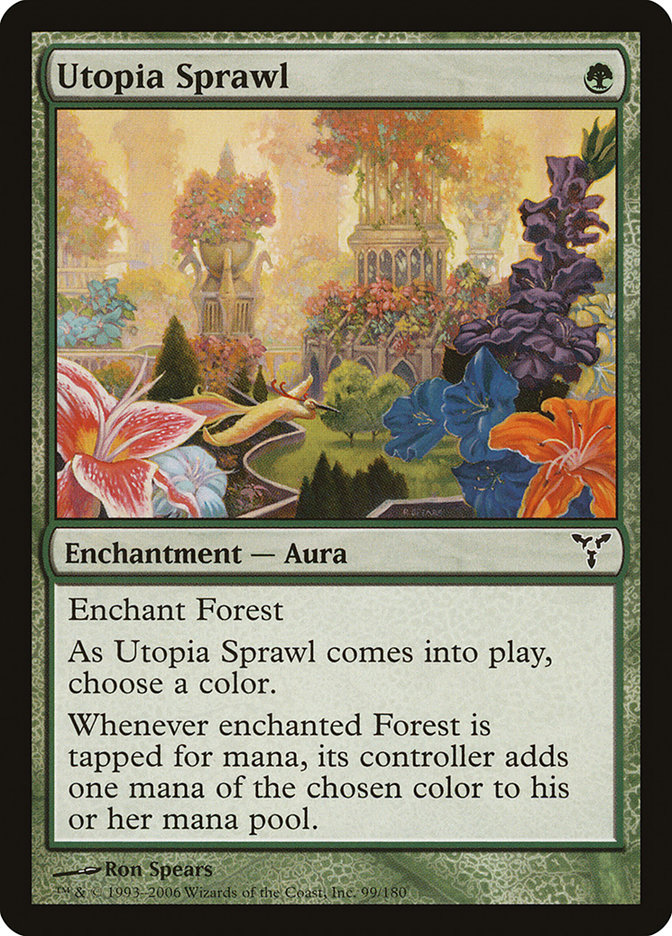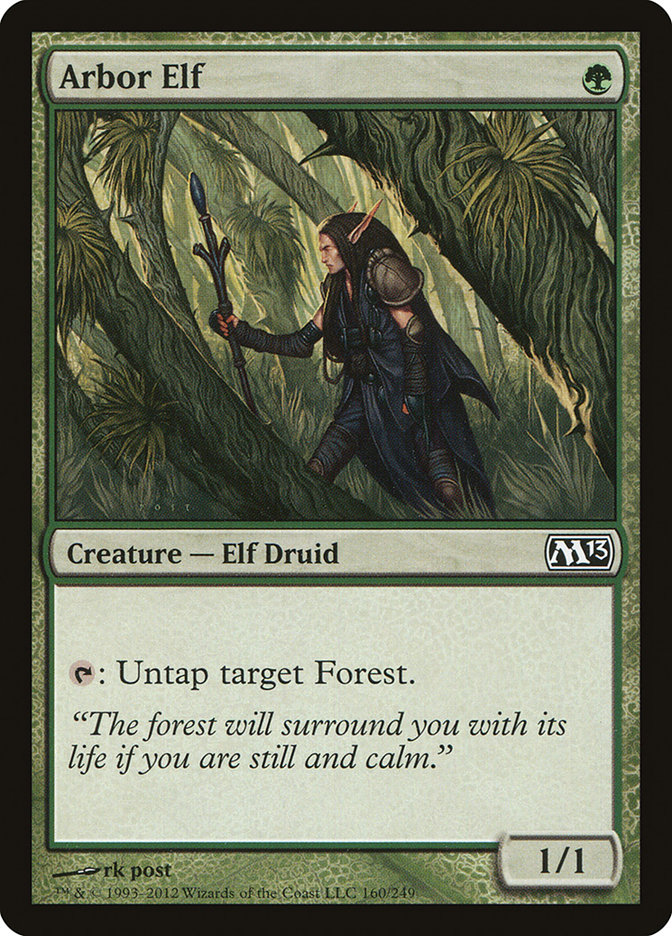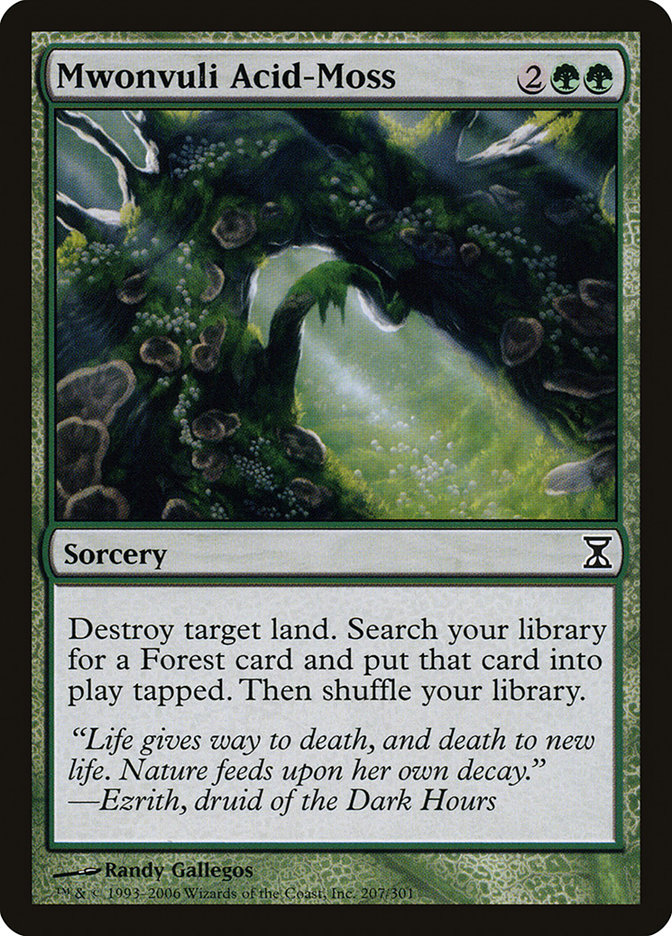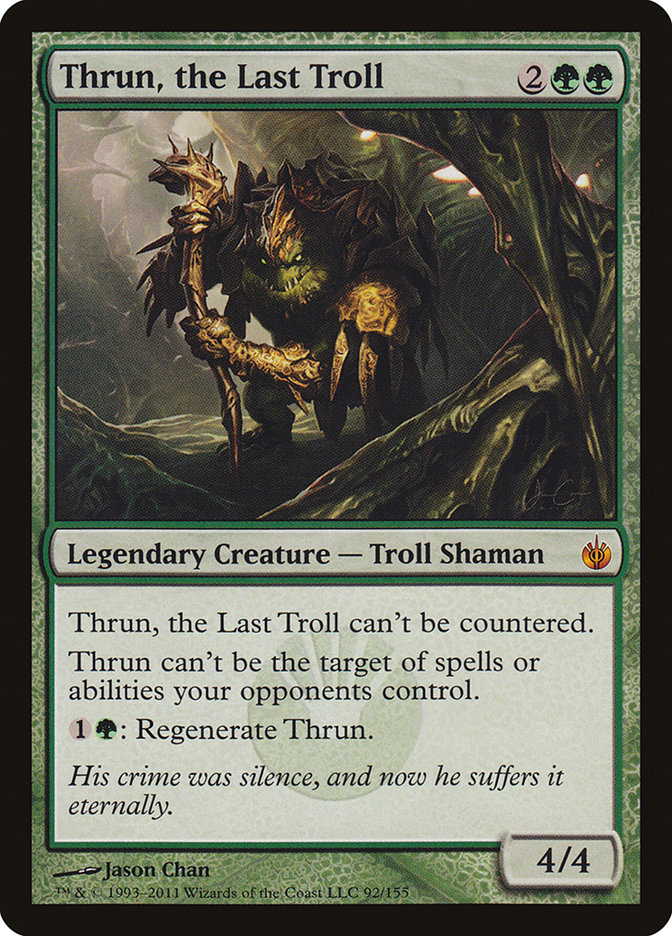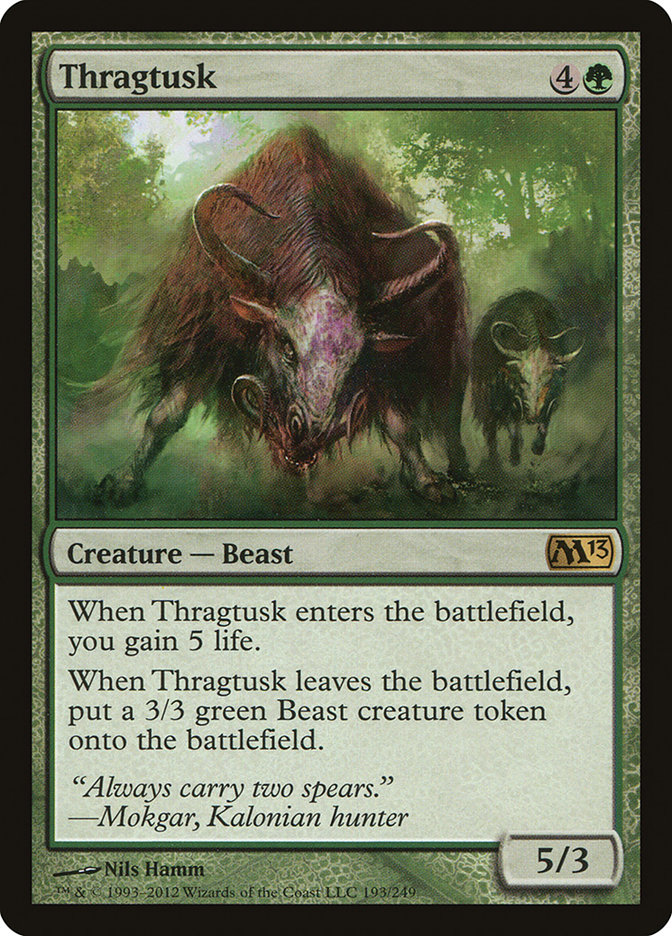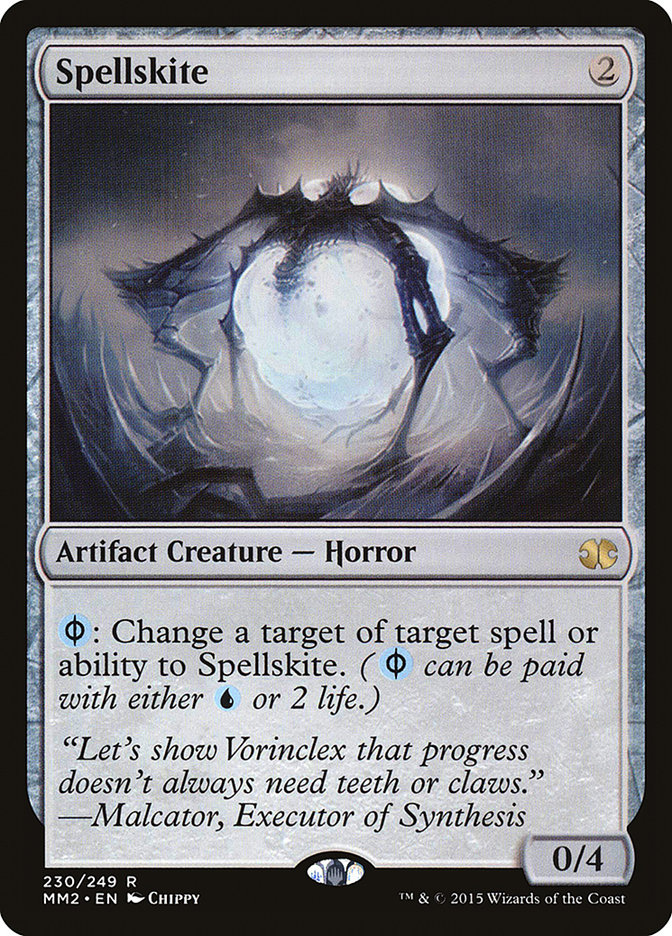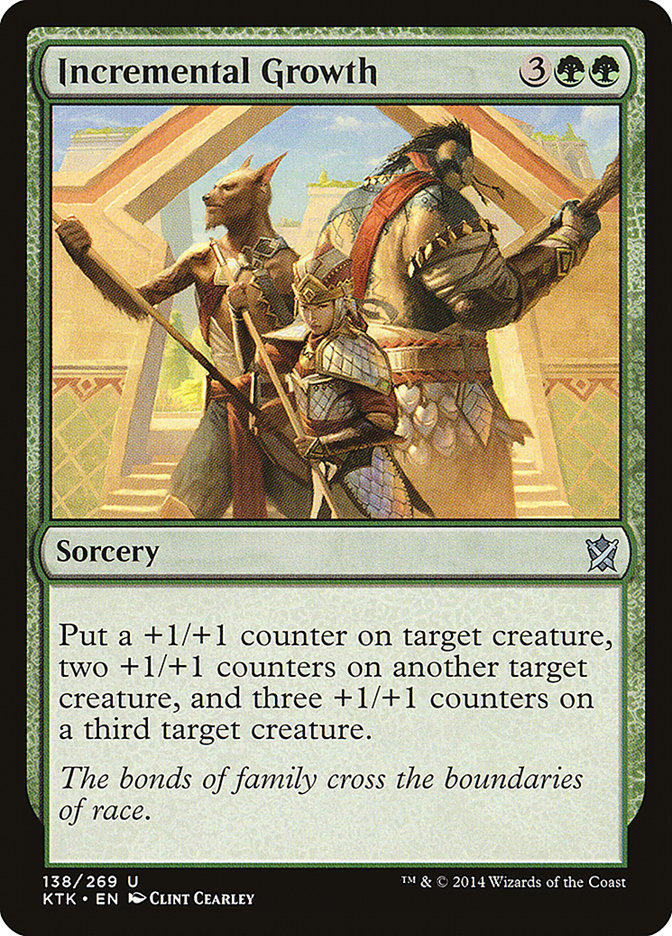Many people have a favorite deck that they return to again and again, but exploring other options can be a great way to grow as a player. By playing a different deck, even for a short time, you can discover new lines of play and new ways to think about cards and interactions. You get the opportunity to view the metagame through a different lens and gain a deeper understanding of how to play against it when you return to your home deck. Once you understand what your opponent is doing with their deck as well as they do, you can play around their cards better. And you never know! You may find a new deck you love and play it all the time!
Learning to Learn
Once you decide to try a new deck, you will need to decide which new deck to play. First, try to find something that interests you. Look at decks that are new to you, and try different strategies from what you usually gravitate towards. Pick up something you have seen other people play but you don’t understand very well.
Once you have decided on a deck, it’s time to jam a bunch of games. The best way I have found to learn a deck is to have a basic understanding of its plan, perhaps by reading a primer or two, and then just start playing. You can find lots of interactions and learn to pilot the deck better by learning from your mistakes. Invite a friend over to play a bunch of games in a row, ideally against a gauntlet of decks in the metagame. Or hop on Magic Online and start in the tournament practice room, moving to two-player queues and Leagues once you’re familiar with how the deck operates.
Practicing with Ponza
To put this into practice, I picked up a deck known as R/G Ponza. It is built on a ramp strategy with Birds of Paradise, Arbor Elf, and Utopia Sprawl. The goal is to keep your opponent off of lands with Stone Rain, Mwonvuli Acid-Moss, and Blood Moon, and follow up with aggressive threats like Inferno Titan, Stormbreath Dragon, and Batterskull. Bonfire of the Damned is included as a bit of battlefield control and some extra reach to finish off the game.
Creatures (18)
- 2 Birds of Paradise
- 2 Kitchen Finks
- 4 Arbor Elf
- 4 Inferno Titan
- 2 Thrun, the Last Troll
- 4 Stormbreath Dragon
Lands (12)
Spells (30)

Overall I found that Ponza is really fun to play. I really enjoy playing Magic when my opponent doesn’t get to execute their gameplan. When I stop them from playing a normal game of Magic, I win—right? If you’re playing in paper, be aware that Ponza can make your opponent a bit upset, so be prepared for that. You might not make many friends when your opponent has no lands while you’re beating them down with Inferno Titan.
Sorry, not sorry.
The sequencing did not feel very natural to me to begin with. The order in which you cast your ramp and land destruction spells can make a huge difference in the outcome of the game. This was the biggest barrier for me when jumping into Ponza.
When I started, I was not always sure which big threat to use on each turn, so I just tried to play on-curve. Once I had more experience with the deck, it became clear that each situation had an ideal payoff spell to slow the opponent or keep them down, much like with R/G Tron. Something you’ll notice whenever you pick up a deck is that every deck has a “best play” in any given situation, if you could choose your draws each turn. Recognizing this is a big part of learning the deck—not only to play the deck, but when figuring out what lines of play your opponents could have to get out of a bad situation.
Identifying Strengths and Weaknesses
When learning a new deck, an important thing to hone in on is what an ideal hand looks like. As you learn the optimal sequencing for your opening turns, you begin to learn how to poke holes in that plan when you play against the deck. And as you begin to understand the powerful opening plays your new deck is capable of, you get better at making important mulligan decisions. An optimal opening hand for Ponza might include Utopia Sprawl, Arbor Elf, and two Forests alongside as a turn 2 Mwonvuli Acid-Moss and a turn 3 Inferno Titan.
Learn the little tricks your deck has to offer. A non-Merfolk player might not realize that Merrow Reejerey can “discount” your Merfolk spells by untapping lands, or that Oboro, Palace in the Clouds can protect your draws against Kolaghan’s Command in your draw step. For Ponza, Bonfire of the Damned followed by an Inferno Titan attack trigger can kill things with one more toughness than you have mana to pour into Bonfire. There are lots of little plays like this that can bring more power to any deck, so learn as many of them as you can to fully explore what your new deck is capable of.
Some decks thrive purely because they’re unknown. If you’ve never played against the Modern Ad Nauseam combo deck, you might let their Ad Nauseam resolve and try to counter their win condition without expecting Pact of Negation. Ponza is also a deck that many people don’t know much about, and they don’t know how to play against it. When people aren’t sure what you are doing, they will make sub-optimal plays because the optimal lines might simply be different from those against other decks.
Learn what strategies are good matchups for your new decks. Sometimes you realize you’ve got a great aggressive matchup, or that you just can’t lose against combo. With R/G Ponza, your position against fair three-color decks is fantastic because of their reliance on perfect mana and use of cards like Inquisition of Kozilek that simply don’t hit your high-cost threats. Conversely, you have a hard time losing against control decks when you resolve a Thrun, the Last Troll…as long as you aren’t facing down an Emrakul, the Aeons Torn thanks to Nahiri, the Harbinger.
Another great thing to learn is finding specific weak points in your deck—specific plays your opponents can make to put a serious kink in your works. Ponza is quite vulnerable to land destruction itself, given that Utopia Sprawl and Arbor Elf reward you for going “all-in” on a single land. Ghost Quarter, Fulminator Mage, and Spreading Seas (causing Utopia Sprawl to fall off) can all be extremely relevant against the deck’s ramp strategy. The deck also lacks card draw or filtering, so removing its few threats can leave the Ponza player with a ton of mana and nothing to spend it on. Backed up by a clock, that’s a great way to take back the game from an early onslaught of high-mana plays.
Figure out where your deck’s core strengths are, especially in relation to the rest of the metagame. For example, Burn can win extremely quickly, even against decks with a lot of creature-based removal, because they have direct damage spells that don’t care about Terminate and punish you for a turn 1 play of Verdant Catacombs into Blood Crypt into Thoughtseize. For Ponza, the mana advantage is real. The ability to ramp while also slowing your opponent’s mana down by a turn or two often spells out an insurmountable advantage for you. R/G Tron focuses on building its own mana faster than the opponent, but R/G Ponza instead focuses on increasing the difference or delta between its own mana and the opponent’s. All of this, combined with there being little hate for land destruction in the metagame right now, puts Ponza in a uniquely good position.
What Do You Want To Know?
I asked on Twitter what you want to know about before you pick up a new deck and I was given lots of wonderful feedback. These are great things to think about when you’re picking up a new deck, so I thought I’d cover these questions for you in relation to my own journey of learning Ponza. Keep them in mind for any decks you discover!
@TheMrsMulligan How much fun it is to play and how much time I’m willing to put it in to be proficient with the deck
— Kevin Nguyen (@DraikenTalkos) August 31, 2016
Ponza was quite easy to pick up. There were some odd mana interactions with Utopia Sprawl that took a little getting used to, but overall it can easily be picked up and played to fun standards, if not optimally. I think with more experience you can do much better, but with a basic understanding of how the deck works, you can sit down and play it to some success.
@TheMrsMulligan is it fun to play with and against for casual play and for competetition the first does not matter and the last even less
— LinuxMuso (@LinuxMuso) August 31, 2016
I found Ponza to be super fun! It fits well with my play style of killing my opponent with big creatures while keeping them from playing the game very effectively. I love to make it so my opponent can’t play Magic while I play threats way ahead of curve. It is not always very fun for your opponent, though. If you’re afraid of people rage-quitting or walking away without a handshake after the game, you might want to consider a different deck.
@TheMrsMulligan Price,Format,Type of deck, and key cards.
— scott miller (@token523s) August 31, 2016
I have found that Ponza is relatively cheap for a Modern deck. You can find it for around $375 online or just over $500 in paper. Keep in mind that card prices do change often, and if you want different editions of cards or for the whole deck to be foil, you may have to pay more. Plus, you can always buylist or trade into the cards to make it easier on the budget! Keep in mind it’s not a terribly common strategy right now, so it’s going to be a lot cheaper now than if it turns into a major player down the road.
@TheMrsMulligan does the deck provide plenty of redundancy? If it’s a standard deck, can the main board support a transformative sideboard
— Ben Jackson (@BensOverThere) August 31, 2016
Ponza falls on the less-consistent end of the spectrum, as most ramp decks do. You have three different categories of cards that can’t fill in for each other: ramp, land destruction, and threats. However, you have lots of cards to do each part of your plan, so if you don’t see one, you will likely see another. It runs at least three different role-players in each category: Birds of Paradise, Utopia Sprawl, and Arbor Elf for ramp; Blood Moon, Mwonvuli Acid-Moss, and Stone Rain for land destruction; and Stormbreath Dragon, Inferno Titan, and Thrun, the Last Troll to kill your opponent.
@TheMrsMulligan how it works, how it sideboards, does it fit my playstyle, and then cost
— Adam Murphy (@Amurphcs) August 31, 2016
In my experience with Ponza, I am not an expert on sideboarding for it yet. Some of the strengths in the sideboard are lifegain via Kitchen Finks and Thragtusk, extra removal, and specific hosers like Spellskite or anti-graveyard hate.
One thing that surprised me was how often I took out Blood Moon. It was regularly one of the first cards I would cut. Modern is full of greedy three-color decks, but Blood Moon is also a common sideboard card. That means one group of decks runs it in the sideboard so it won’t hurt them much, and the rest know how to play around it once they see it. Blood Moon functions more as a “gotcha” card in Game 1 while forcing the opponent to sequence their lands sub-optimally just to play around it post-sideboard, even if it isn’t there anymore.
Keep Growing
You’ll often feel like you are able to understand the deck after only a few days of learning it, and that’s great! Take it out to your local FNM or Game Night, and start having fun with it in the wild.
But don’t worry. There is still an opportunity for growth! Most decks will grow with the player and will perform well when piloted by someone who knows the deck inside and out. Pick up a new deck this week and give it a try! You may find a new permanent resident in your deck box, or just the knowledge to make you a better player. Either way, that’s a valuable experience.
Have a wonderful week, and as always: happy gaming!



